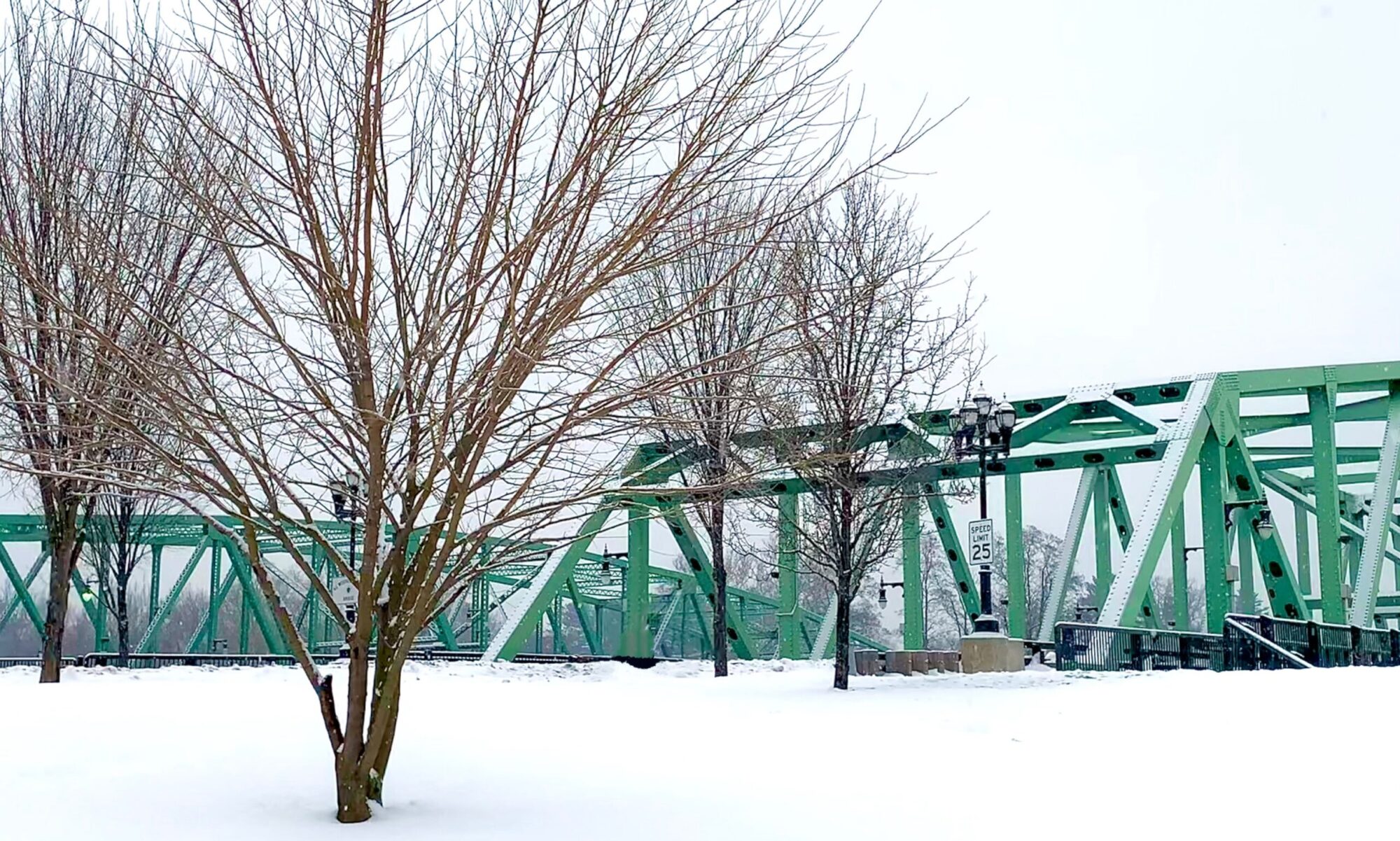(WWLP- Ellen Fleming) Since 2000, more than 25,000 people in the state have died from an opioid related overdose. The state’s Department of Public Health released data that analyzed overdoses in the Commonwealth, and they found that there is a higher opioid overdose rate in rural areas.
Non-fatal overdoses in the state’s most rural towns increased by almost 50 percent between 2017 and 2018, and then have consistently exceeded the rate recorded in urban areas. Now, this is a change from 2013 to 2017, when urban areas had higher rates of non-fatal overdoses.
When looking at counties, western Massachusetts saw a significant increase from 2017 to 2020, and then leveled off or decreased between 2020 and 2021, except in one county.
- Berkshire County non-fatal overdose rate increased 57% through 2020 then declined 27%
- Hampden County saw an increase of 65% followed by a decrease by 9%
- Hampshire County increased by 28% then decreased by 12%
- Franklin County was only one of four counties in the entire state that increased between 2020-2021.
Senator John Velis said he plans to hold listening sessions with rural communities to hear what it is they need, “I represent some rural communities, they just don’t have the same options as other parts of my district and certainly other parts of the Commonwealth, that’s absolutely an injustice, and it presents as if you’re valuing certain lives over other lives, in terms of willingness of resources to go out there and help them. In short, we need to meet people where they are.”
As for major cities, western Massachusetts also stuck out. In 2021, Springfield’s non-fatal opioid overdose rate was more than twice as high as Worcester and Boston.
DPH also released data last week showing that the state is dealing with a poisoned drug supply, with an alarmingly high rate of xylazine affecting Western Massachusetts.

